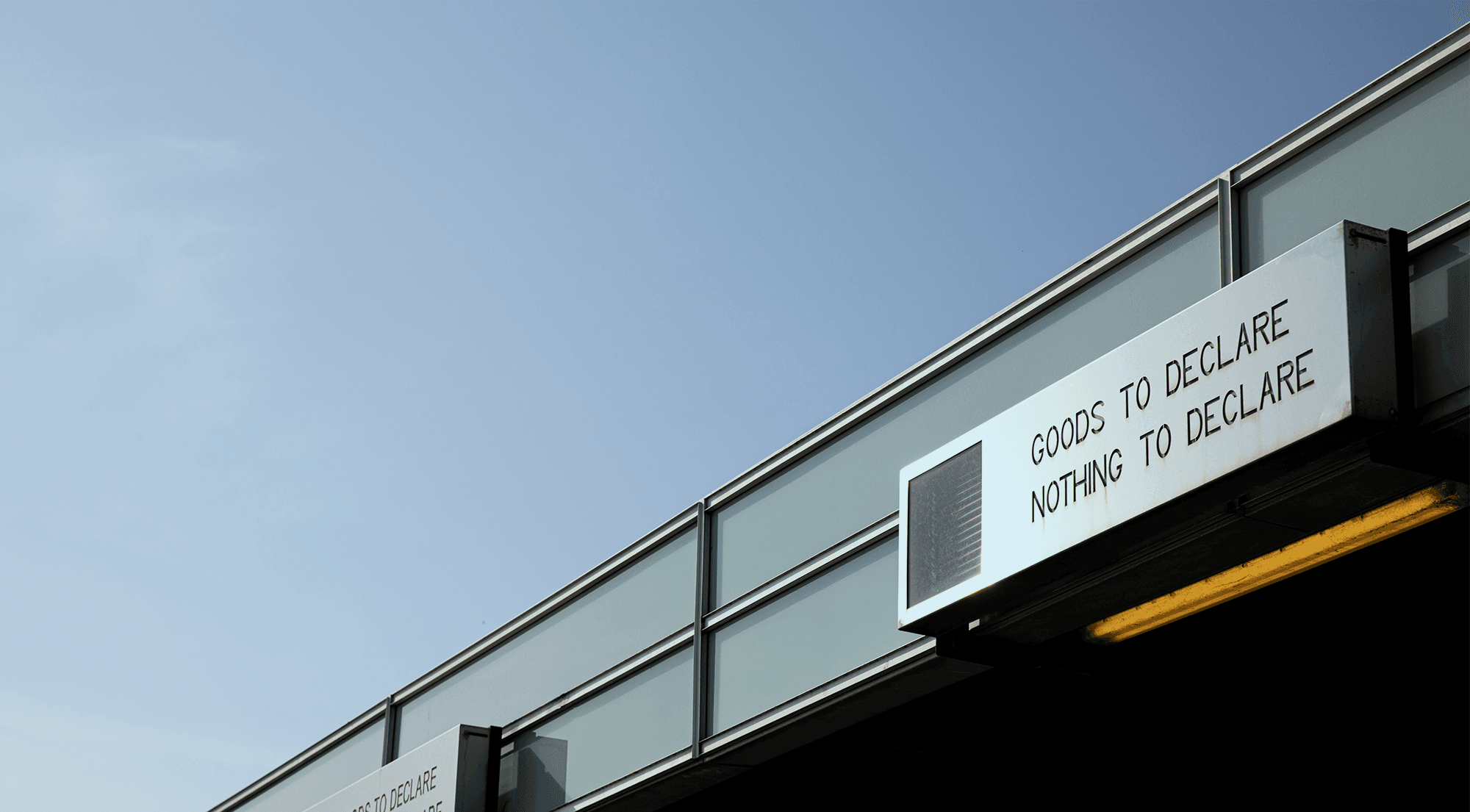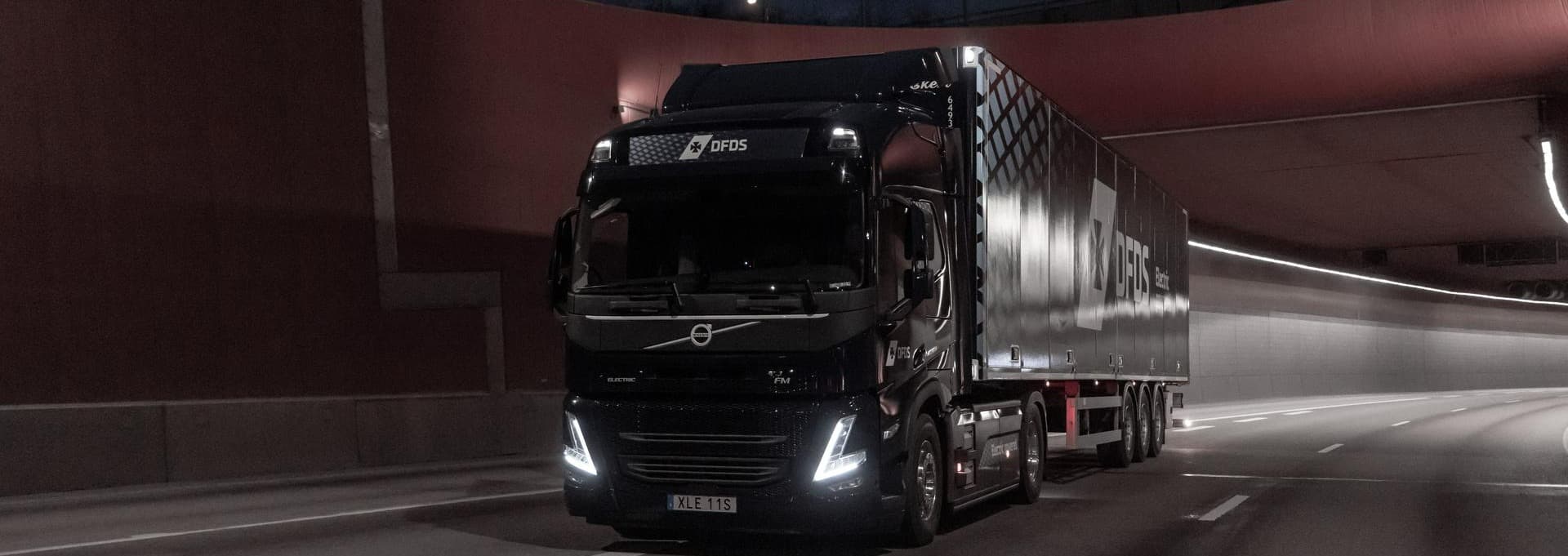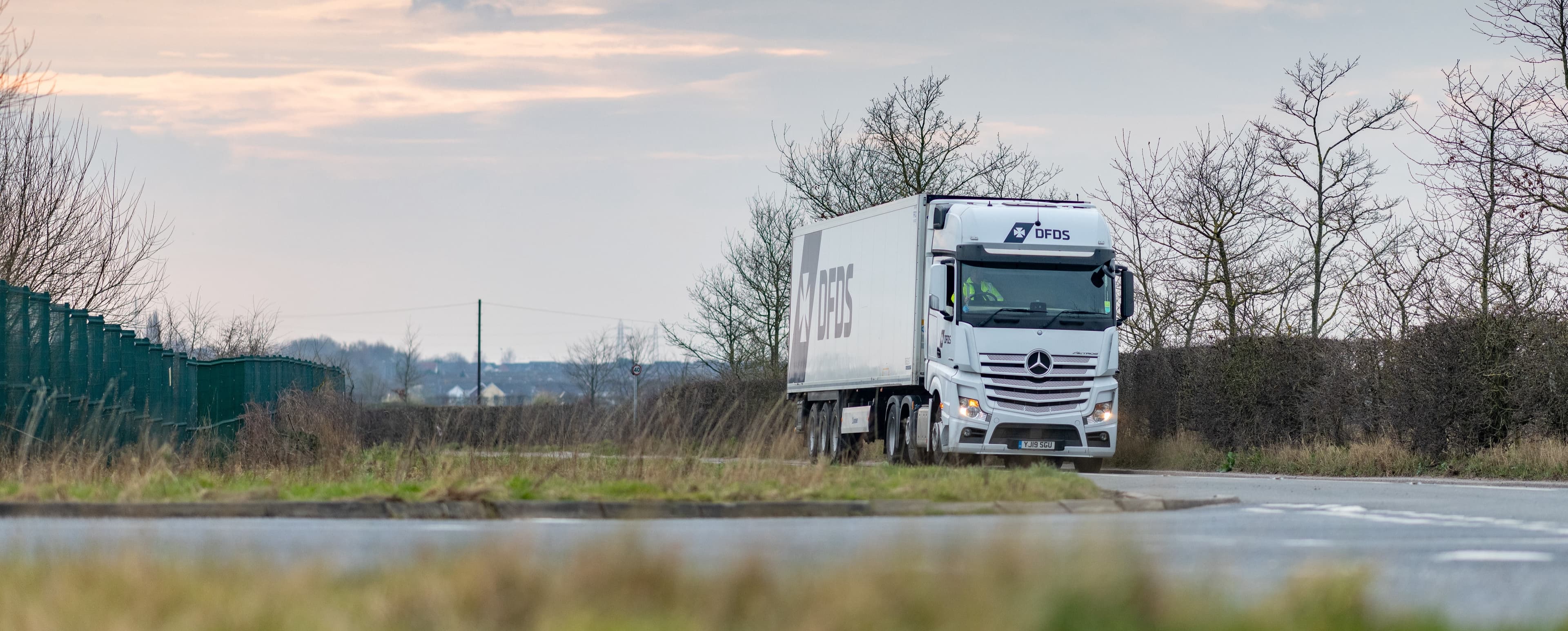Governments around the globe require imported goods to go through this process so that they can levy taxes and duties. It's not solely a system to bring in public revenue but also to protect local industries, safeguard public health, and enforce environmental and legal standards.
But what does really occur behind the scenes at customs? For all but a few firms, it remains a factor of uncertainty, and sometimes indecision, when going abroad. The good news is that for most importers and exporters, customs clearance itself is straightforward. As long as the right paperwork and some planning are provided, clearing customs can be done in a few steps.
In our blog you will find out what is customs clearance, how the process works, what documents you will need, and how to avoid common delays so you can ship abroad with confidence.
What is customs clearance?
Customs clearance is the process by which products are cleared to leave or enter a nation by customs. The process guarantees all taxes, duties, and necessary documentation exist before the release of the products. Importation or exportation, customs clearance is a necessary process to secure compliance with national and international law. In the absence of clearance, shipments can be delayed, returned, or even confiscated.
How does the customs clearance process work?
Customs clearance begins when a shipment arrives at a border or entry port. A declaration is made to the customs authority, indicating the goods' nature, quantity, and value. Documents substantiating the declaration, the commercial invoice, bill of lading, packing list, and any licenses necessitated, are reviewed by customs officers. Once all that is verified, duties and taxes are assessed and must be paid before the goods are released. If customs discovers any issues or discrepancies, the shipment may be inspected or detained until clearance.
What documents are required for customs clearance?
A successful customs clearance process depends heavily on the accuracy and completeness of the required documentation. Key documents typically include a commercial invoice, which outlines the value and description of the goods, and a bill of lading or air waybill, which serves as the transport contract. Depending on the type of goods and the destination country, you may also need a certificate of origin, import or export licenses, and specialized certificates like those from health or agriculture departments.
How long does customs clearance take?
The time it takes to clear customs can vary depending on several factors, including the destination country, the type of goods, and the accuracy of your documentation. In some cases, shipments clear within a few hours if all paperwork is in order and no inspections are required. However, if customs officials require further information or if the shipment is flagged for inspection, it may take several days. Working with a customs broker can help reduce delays by ensuring all documents are correct and submitted promptly.
What are the common challenges in customs clearance?
One of the most common issues faced during customs clearance is incomplete or incorrect documentation. Even minor mistakes can lead to delays, fines, or seizure of goods. Other challenges include misclassification of goods under the Harmonized System (HS) code, under- or overvaluation of shipments, and missing import permits. Additionally, changes in trade regulations or customs procedures can affect clearance times and requirements, especially in regions with frequent policy updates.
What costs are involved in customs clearance?
Customs clearance typically involves paying duties, taxes, and administrative fees. The amount is determined based on the type of goods, their declared value, and applicable trade agreements. Import VAT may also apply, depending on the destination country. In addition to government charges, shippers may incur brokerage fees if using a customs broker or freight forwarder. While these fees vary, they are usually justified by the time and expertise saved during the clearance process.
Is there a difference between import and export clearance?
Yes, there is a notable difference between import and export clearance procedures. Export clearance is usually more straightforward and involves providing documentation to prove the goods are leaving the country legally. Import clearance, on the other hand, is more complex and involves customs authorities ensuring that the incoming goods comply with all local laws, safety standards, and tax requirements. Importers are generally subject to more scrutiny, especially when dealing with restricted or high-value items.
Why should you use a customs broker?
A customs broker acts as a liaison between you and the customs authorities, ensuring that all regulations are followed and documentation is correctly prepared and submitted. They are well-versed in tariff codes, trade agreements, and local laws, which significantly reduces the risk of delays or penalties. For businesses that import or export frequently, using a broker can save time and ensure consistent compliance, particularly when shipping to multiple countries with varying rules.
Let DFDS handle customs clearance for your business
While it's possible to handle customs clearance on your own, especially for small or infrequent shipments, the process can be complicated and time-consuming. It requires a thorough understanding of local and international regulations, proper classification of goods, and accurate document preparation. Mistakes can be costly. That’s why we’re here to help you avoid these mistakes and handle everything regarding customs clearance on your behalf.




